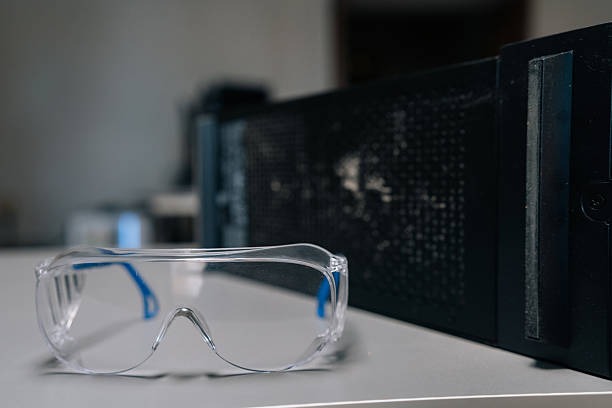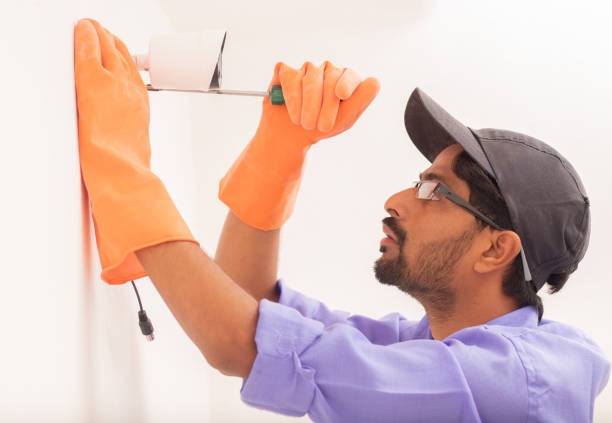
Eliminating mites from your computer requires a combination of cleaning, prevention, and maintenance. Mites are tiny creatures that can infiltrate your devices, potentially causing damage or affecting performance. They thrive in dusty environments and can be attracted to the warmth generated by electronic components. Here’s how you can ensure your computer remains mite-free.
Firstly, it’s crucial to maintain a clean environment around your computer. Dust is a primary attractant for mites, so regular cleaning is essential. Start by dusting the area surrounding your workstation using microfiber cloths or electrostatic dusters which trap particles effectively without scattering them into the air. Pay particular attention click to explore areas behind and beneath desks where dust tends to accumulate unnoticed.
Next, focus on cleaning the computer itself. Turn off and unplug your device before beginning any cleaning process for safety reasons. Use compressed air cans specifically designed for electronics to blow out dust from keyboards, vents, and crevices where mites might hide. Ensure you hold the can upright while spraying short bursts of air; this prevents moisture from entering sensitive areas.
For deeper cleaning inside desktop computers or laptops with removable panels, consider opening up the case if you’re comfortable doing so or seek professional help if not confident in handling internal components yourself. Use compressed air again here but avoid touching internal parts directly as static discharge could cause harm.
Prevention also plays a key role in keeping mites at bay long-term. Consider investing in an air purifier with HEPA filters for rooms where computers are used frequently; these devices capture microscopic particles including mite debris effectively improving overall air quality significantly reducing potential infestations over time.
Additionally controlling humidity levels within indoor spaces helps deter mite populations since they prefer moist conditions typically found during warm months when windows remain closed trapping heat indoors inadvertently creating ideal breeding grounds unless managed properly via dehumidifiers maintaining optimal relative humidity between 30-50%.





